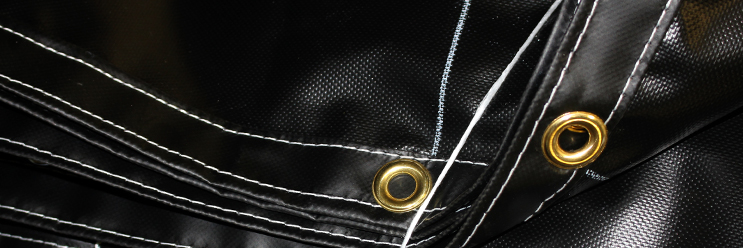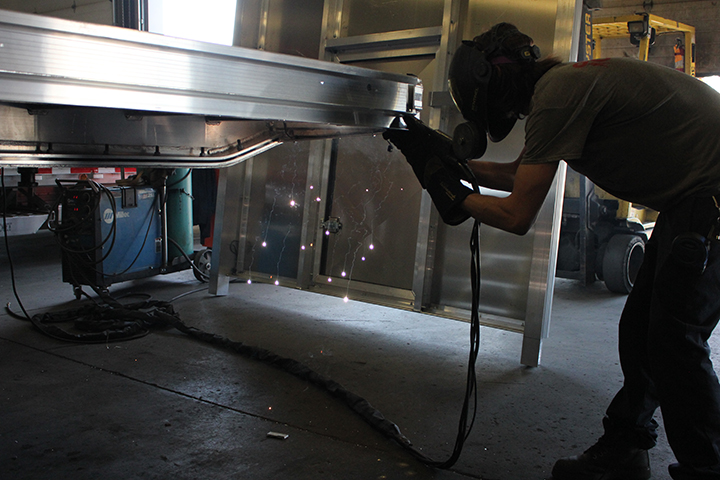
Flatbed trucking is a huge industry in America, and it can also be a dangerous one. When tarping a load, it is extremely important to know about the tarps you use to save you money in the long run.
Storing Tarps Properly
Tarps can deteriorate quickly if they begin to accumulate rips or tears. If not mended, they can lead to replacing the entire tarp. Always remember that when storing a tarp, you want to keep it in a dry area where it won't be exposed to heat and ultraviolet rays for extended periods of time.
Always Match the Tarp with the Right Tie-Down
Securing your flatbed load properly can save your life as well as someone else's. The real question is how to match your tarp with the right strap or tie-down. The first thing to know is the Working Load Limit rating of the straps you are using. The Working Load Limit, combined, needs to equal at least one-half of the weight of your load. This could mean the difference between a lost load and a delivered load.
Repair Your Tarp if Possible
Repairing your tarp doesn't need to mean a complete replacement. If it is a small puncture you might be able to repair it yourself. You can use a tarp repair kit to help patch any small holes or tears while on the road. You can also use a grommet repair kit to help with any grommets that need replacement. These are small ways you can save money while still delivering your load.
Grommets and D-Rings
Remember to use the grommets on the tarp. They are generally placed every 24 inches apart. If you don't think the grommets will do, that is alright. Our heavy duty tarps also have D-rings for a heavier load. The purpose of these D-rings is to act as tie-down points where it would be unsafe to make holes in the tarp.
Looking to learn more about Tarpstop or our service partners? Don't hesitate! Our specialized sales team is here to answer any questions you might have. That is why our motto is 'Running Through Walls'. Call today: 1-877-999-8277






